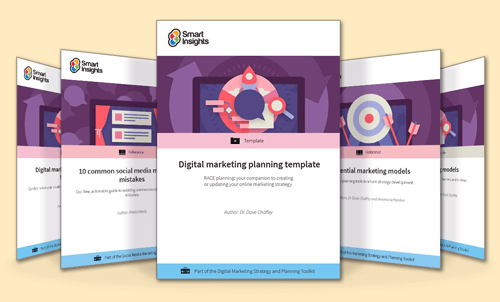How the RACE Framework can help you improve your digital marketing
Marketing frameworks are really useful tools to help us plan, manage and optimize marketing. They’re particularly useful for digital marketing, since it’s so complex today because of all the digital channels available. This is shown by our customer lifecycle visual (below), which suggests the many different touchpoints that potential communications may have with their audiences.
The example shown in this visual is for a B2B scenario where different nurture activities are used to help convert interest in a product or service through to purchase. Many similar stages are involved with B2C marketing.
In this article, I’ll explain how and why we created the Smart Insights RACE Framework for online and multichannel marketing and at the same time, explain some of the key features of marketing frameworks. When I created RACE, it was my view that it would be useful to develop a framework that worked better for digital channels than classic marketing frameworks, but since customers use both physical and digital channels, the framework would work for both.
Free digital marketing plan template
Our popular marketing planning template is structured across the Smart Insights RACE Framework. Join Smart Insights for Free to download our digital marketing plan template today
Access the Free digital marketing plan template
We will also look at different types of frameworks, with examples and consider some of their strengths and weaknesses.
Types of marketing frameworks
Within both marketing and specifically digital marketing, there are different frameworks that can be applied to different situations.
These are the different types of framework that I have seen most often:
- Consumer behaviour framework - this describes how users respond to communications and buy, i.e., it’s the steps of a buying process. The first visual in this article is a consumer behaviour framework. The AIDA marketing framework is the best known example of a behavioural framework, sometimes known by academics as a ‘hierarchy of response’ model.
- Marketing activity planning frameworks. We originally created RACE to help provide a comprehensive breakdown of key activities that to be controlled for effective marketing today. This is useful when you’re looking to perform a digital marketing audit to review your marketing to identify which activities you need to improve. As I’ll explain later, the more detailed breakdown of RACE contains 25 key activities and we define further Standard Operating Procedures (SOPs) to expand on that, so that marketers can prioritize which activities they need to work on as part of marketing planning.
- Marketing process framework. This defines the stages or steps involved in creating and implementing a strategy and plan. Although RACE is now well-known as a planning framework, it it fact has a process component too - this defines the series of steps that are needed to create the digital marketing plan. The second part of RACE defined in our in-depth article on the RACE Framework and process describes a process of:
-
- Opportunity - Complete audits and set targets based on forecasts
- Strategy - Prioritize marketing activities to achieve targets
- Action - Take action to implement that strategy - we do this as part of 90-day planning
- Marketing maturity framework - these are useful for comparing how advanced different aspects of marketing such as digital marketing, SEO or social media are within an organization, so they can be used for auditing and benchmarking to identify improvements.See our digital marketing maturity framework for examples of these.
What is needed for an effective marketing or digital planning framework?
Since there are so many alternatives, to choose the best framework for you, it’s worth thinking through what you are looking for in a framework. This is how I see the four main requirements:
- Clear purpose - an effective marketing framework is one that is used to help people looking to understand, audit or manage marketing. Digital marketing is still relatively new, but as we have said, is complex, so we have found that many people are looking to create a digital marketing strategy or plan. That should be the main purpose - to create an effective plan. This is the case with RACE, but other frameworks such as thee 6Cs are more focused on consumer behaviour
- Realistic model balancing simplicity, complexity and reality - frameworks provide a structure to help simplify a complex situation, so they are a simplified model of the reality. This is a difficult challenge for the framework creator. If the framework is too simple, it will be easier to understand, but potentially too simple. To get around this challenge, with RACE we created three levels of complexity. There is a simple, 5-part breakdown, but this is divided down further to cover all the digital marketing activities that need to be managed. Each of the 5 parts of RACE is split into 5 more parts, to give a 5X5 = 25-part structure. Each of these 5 is broken down further to define more specific tasks or standard operating procedures (SOPs) that need to be managed. The marketing funnel framework is an interesting example of a model that struggles to balance simplicity with realism. In recent years it has been criticized for not being realistic in portraying complex customer journeys. We explore this in our article by Annmarie Hanlon: 'Customer journey models to master your omnichannel strategy' and discuss in more detail below.
- Application to different businesses and sectors - A framework is most useful if it is open to a range of different sectors. It’s commonplace to develop consumer or retail marketing frameworks, like Google’s ZMOT model, but they aren’t applicable more widely, for example into B2B. We developed RACE so that it can be applied to different business and revenue models - from online-only to multichannel businesses - so it applies to businesses both where transactions occur online, or sales involve human interactions.
- Actionable - This is why we developed RACE, we wanted to create a practical framework that can be used to improve results from marketing. To do this the framework must help complete an audit, review against competitors, create a strategy and then implement and review a plan.
Marketing Funnel Frameworks
Hierarchy of response frameworks, such as AIDA, are often formed into funnel models to assist planning. The RACE Framework is an example of a funnel model. Since these models are linear they have been criticized, since commentators believe they are an oversimplification and don't reflect the non-linear nature of decision-making.
Based on empirical research, in 2009, McKinsey & Company suggested an alternative non-linear customer journey model to the traditional purchase funnel. Their research was founded on interviews with 20,000 businesses in the USA, Germany, and Japan. We describ it further in this article on alternative customer journey models.
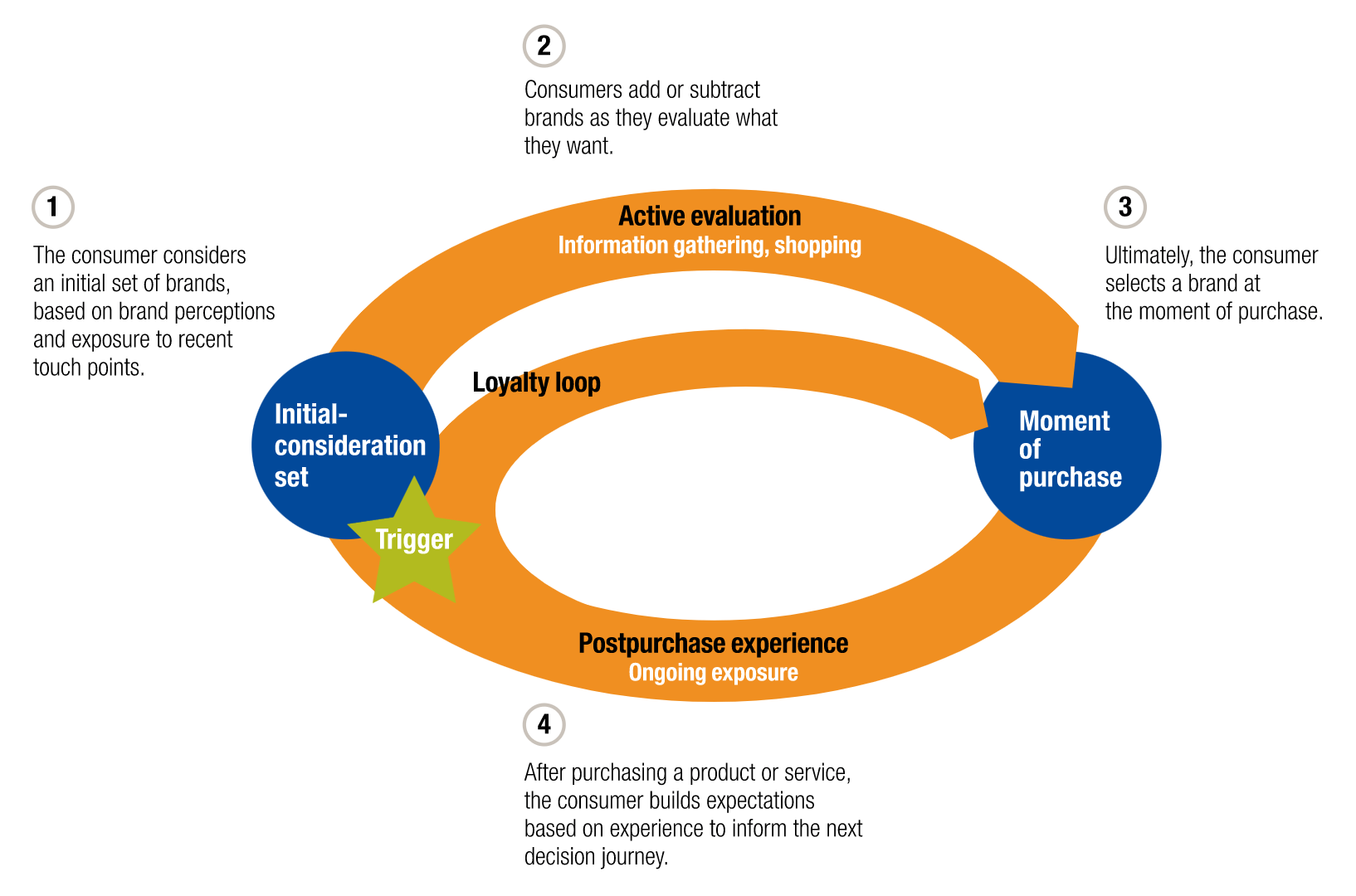
More recently, BCG in their 2025 article, It’s Time for Marketers to Move Beyond the Linear Funnel, also asserted that we need to move beyond the linear marketing funnel model to what they call 'influence maps'. This is based on the assertion that if you 'force-fit' touchpoints into the linear model it can miss a lot of nuance about how consumer behaviour and media and marketing planning to influence consumers works in practice. They hinted at this complexity as follows:
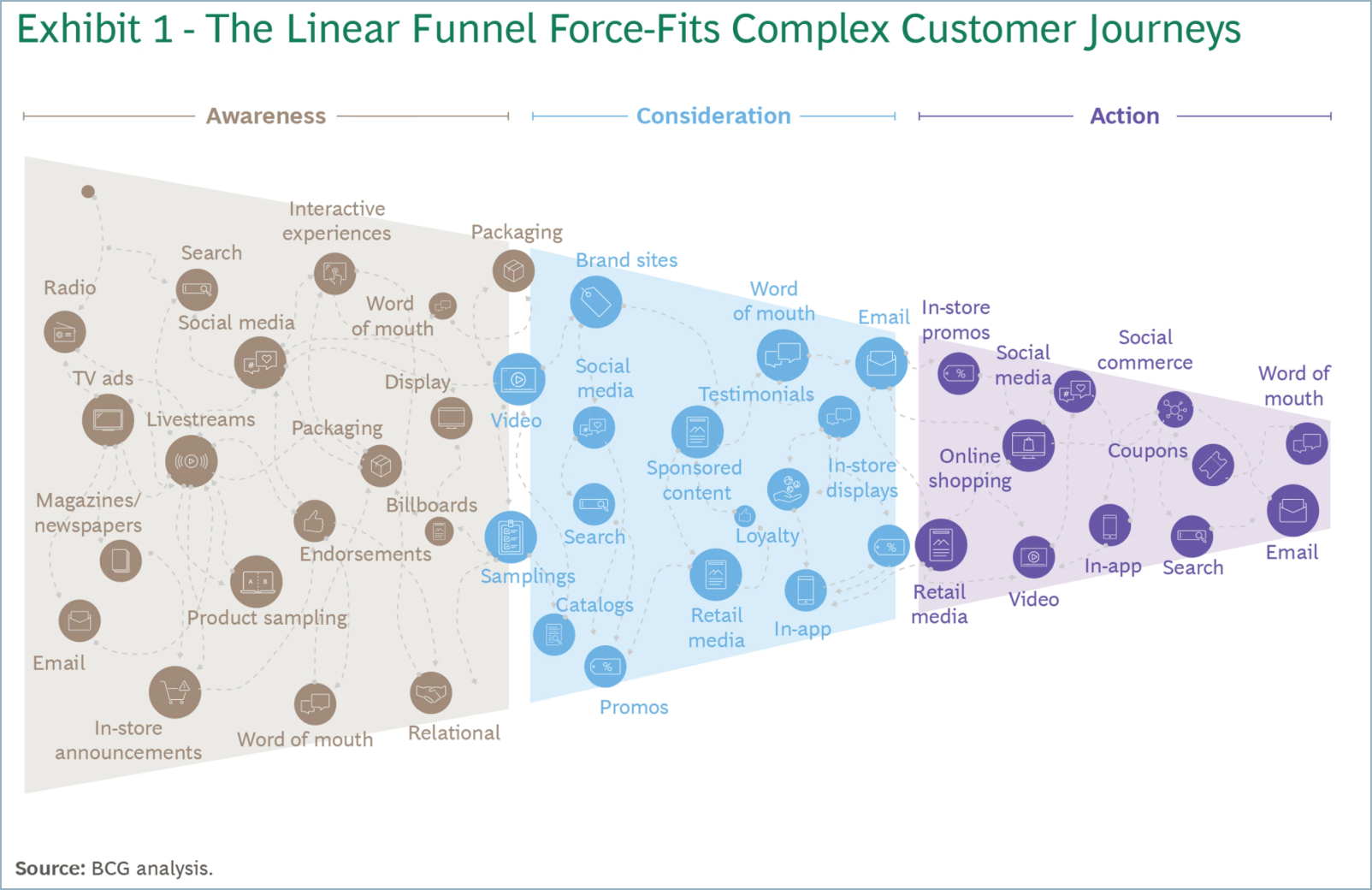
As an alternative, they suggest that influence maps can be used which show how different consumer behaviours, that they label 'Stream', 'Scroll', 'Search' and 'Shop', occur in parallel.
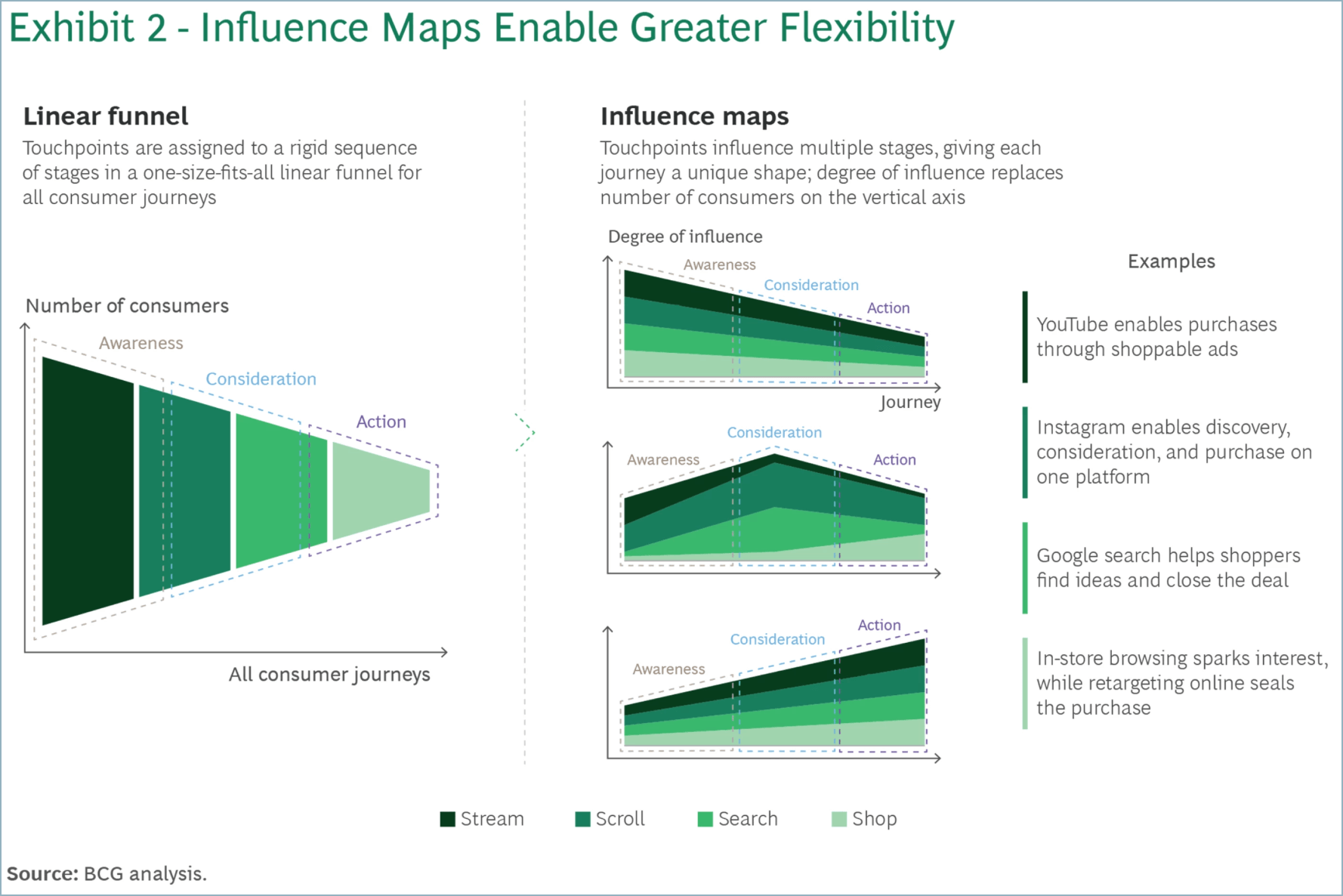
This visualization gives more flexibility in describing different journeys. In the following example, two purchasers of a similar consumer product have completely different research strategies and actions on the journeys.
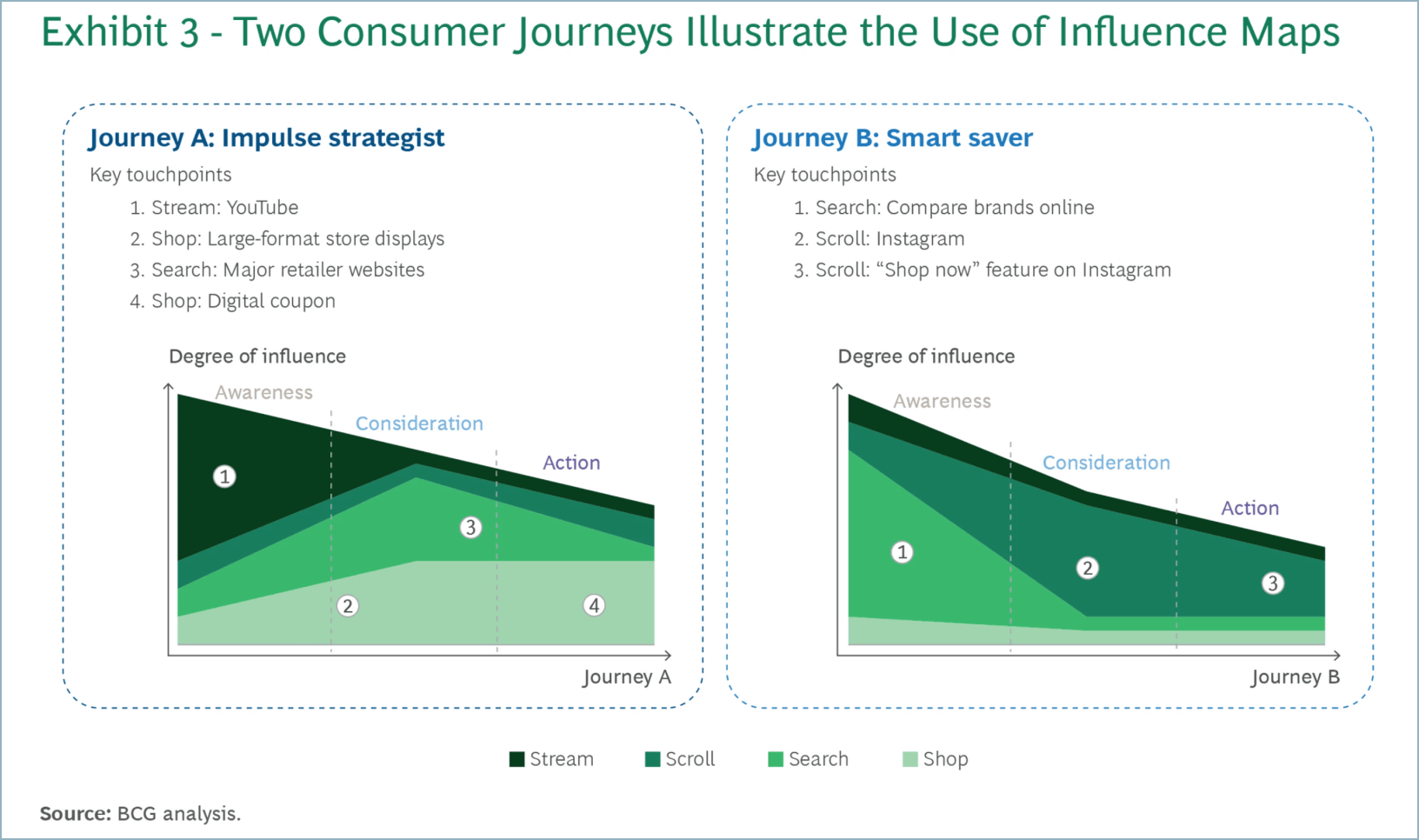 They suggest that, in the future, the power of AI analysis to analyze data about touchpoints and GenAI to create compelling creative will make it possible to deliver more effective media planning analysis to support the most influential journeys.
They suggest that, in the future, the power of AI analysis to analyze data about touchpoints and GenAI to create compelling creative will make it possible to deliver more effective media planning analysis to support the most influential journeys.
Despite this innovation in thinking, I don't believe this means that the linear funnel 'is dead'. Far from it. Its simplicity still has a number of benefits. A funnel-based framework like RACE remains popular since it enables strategists to:
- Audit the maturity and effectiveness of marketing activities with the aim of making them more efficient, i.e., identify gaps in managing channels effectively
- Set objectives to improve engagement across the funnel
- Develop strategies that prioritize activities to improve engagement using channels
- Manage tactical activities to improve always-on activities, e.g., 90-day planning
- Report on performance against these objectives - but including multi-touch attribution (MTA) to assess the contribution from upper funnel activities on conversion
A discussion of this consumer journey model on LinkedIn prompted by Neil Perkin's summary shows that many believe funnels still have their place. For example, Marketing Professor Vincent Balusseau of Audencia Business School said:"
I never quite understood why people (even experts) conflate funnels and journeys. Funnels are not meant to help understand journeys; that's the purpose of Consumer journey maps. Funnels are valuable for various purposes (depending on the type of funnel used, e.g., a conversion funnel in eCommerce, a brand funnel in a brand tracking study, etc.). So, when I read that "Gen Z has broken the marketing funnel," I sigh. The fact that journeys are becoming more complex does not imply that the funnel as a model (and its different variations) has stopped being useful".
What is the best market framework?
To return to the question at the start of this article and by way of a summary, the best framework is one which meets the requirements of being realistic, actionable and applicable to different sectors. In this article I have focused mainly on planning frameworks, but there are many consumer frameworks too.
To answer the question of the best marketing framework definitively, it's best to ask marketers. In another post, the CIM asked which is the best marketing model - you can see the results in this post.




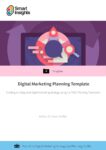



 They suggest that, in the future, the power of AI analysis to analyze data about touchpoints and GenAI to create compelling creative will make it possible to deliver more effective media planning analysis to support the most influential journeys.
They suggest that, in the future, the power of AI analysis to analyze data about touchpoints and GenAI to create compelling creative will make it possible to deliver more effective media planning analysis to support the most influential journeys.


